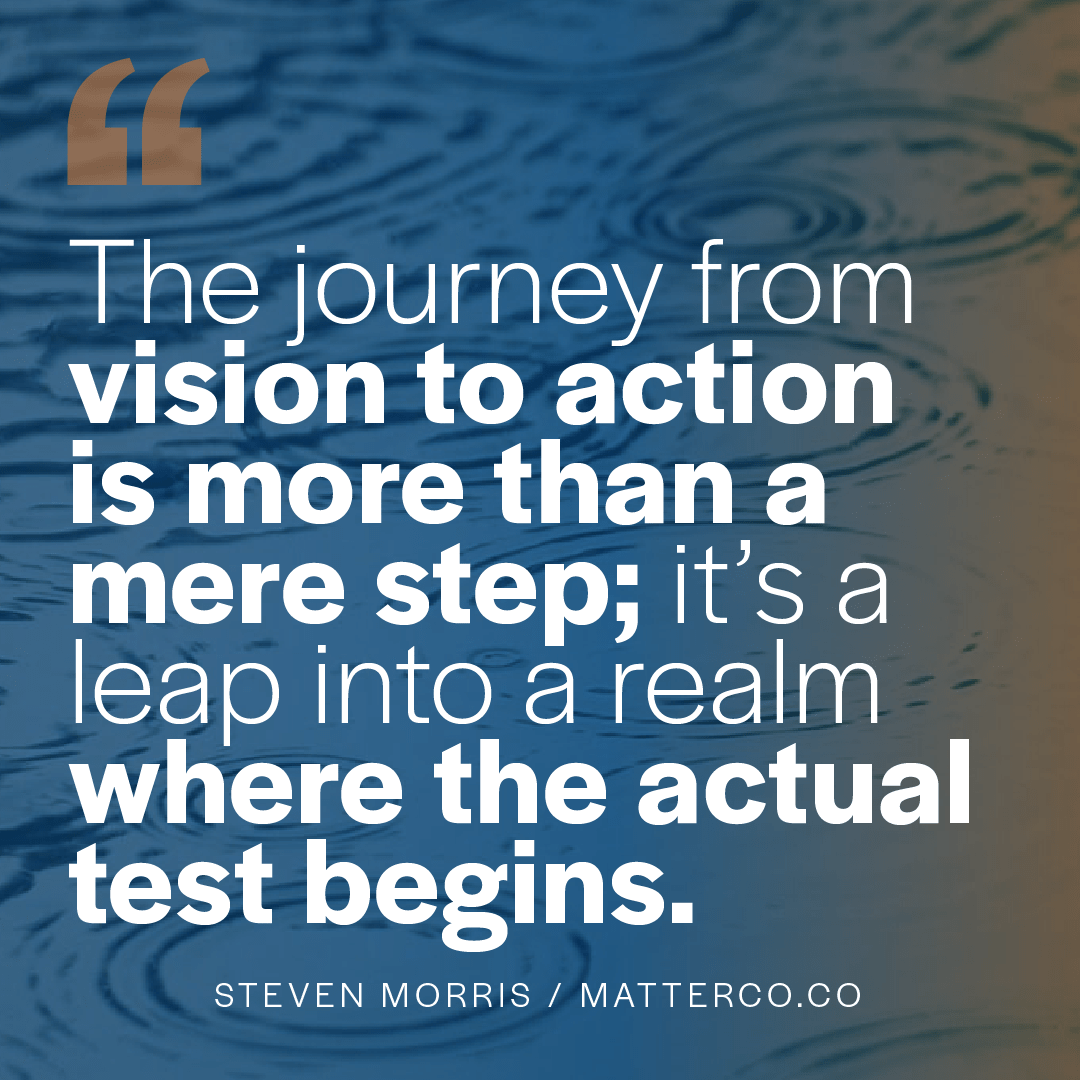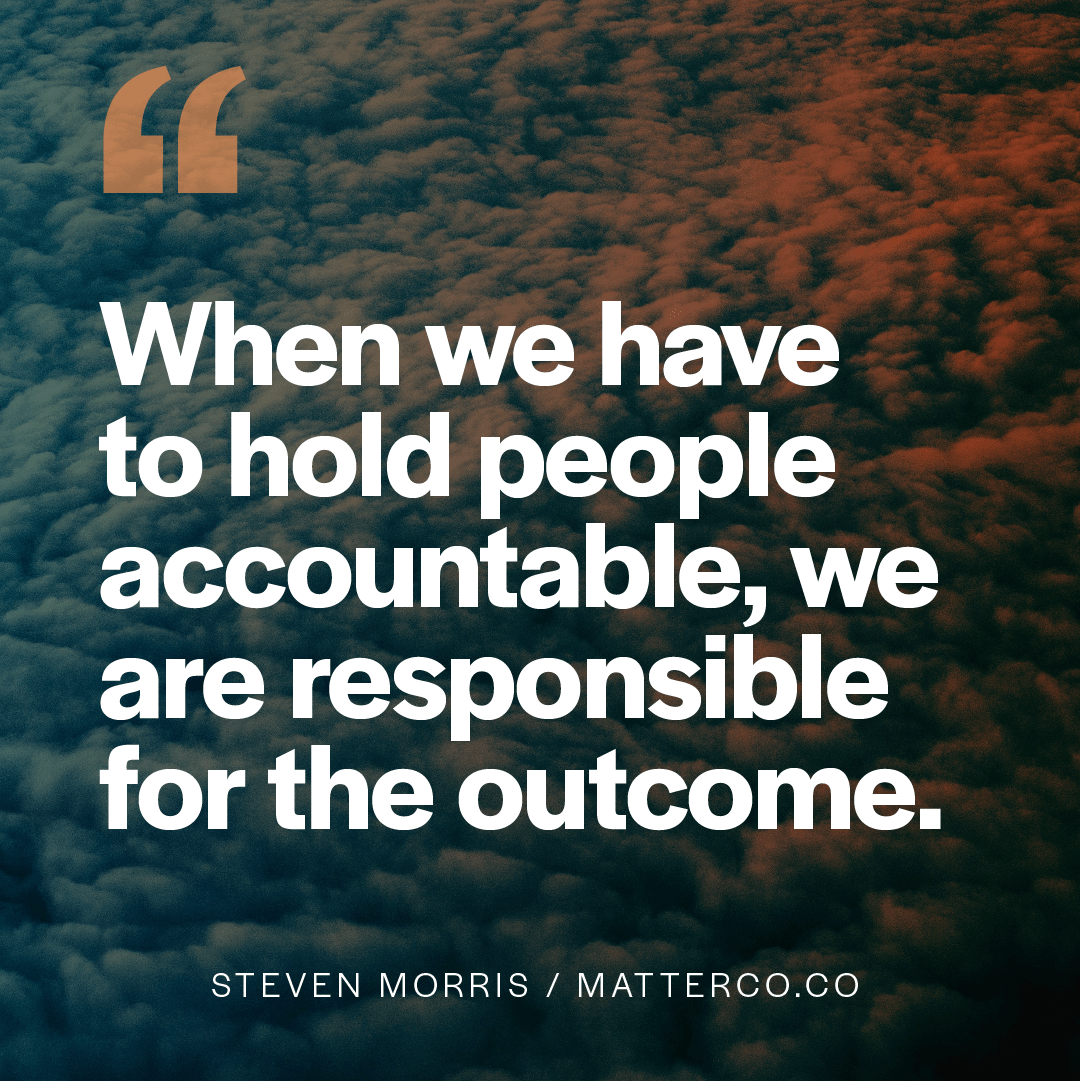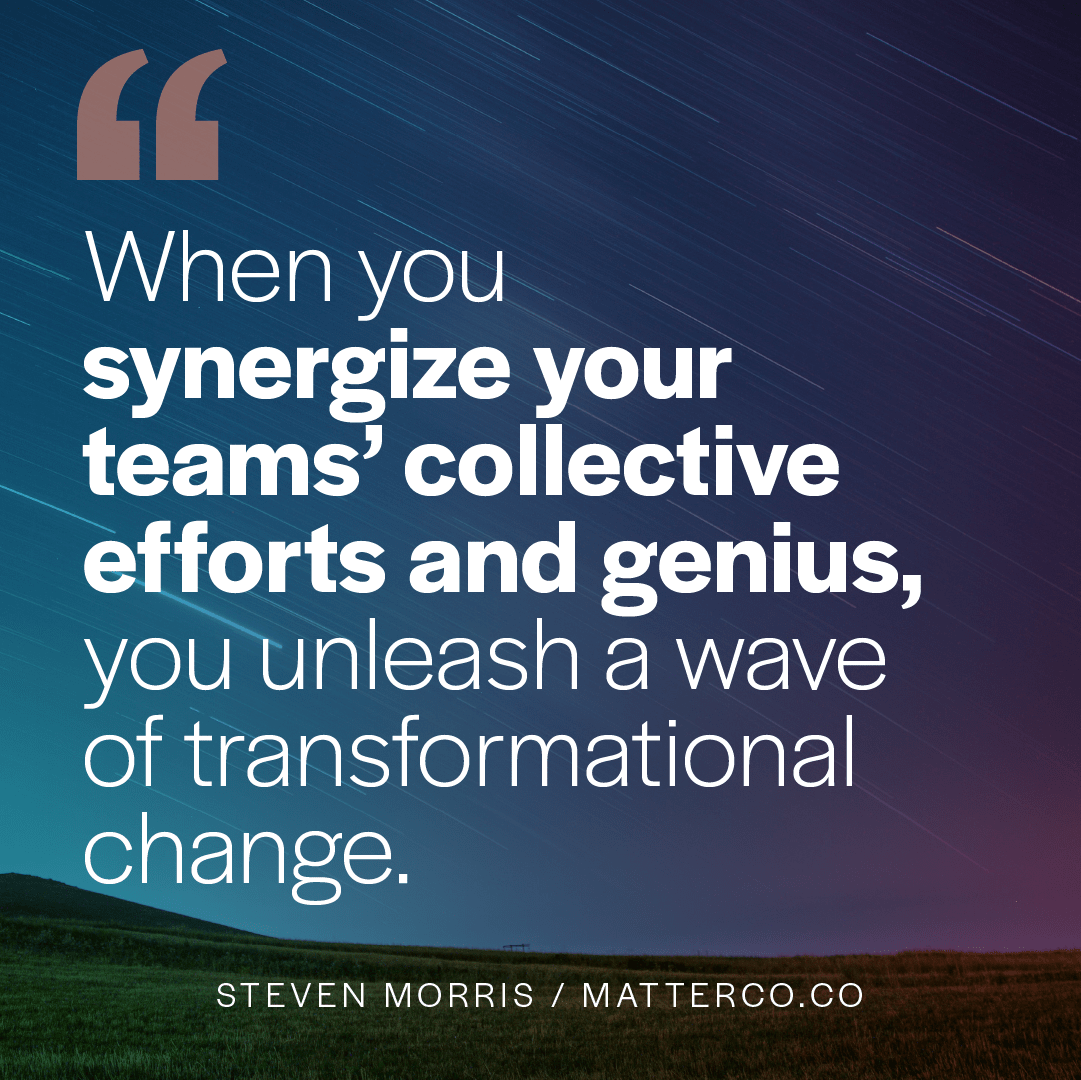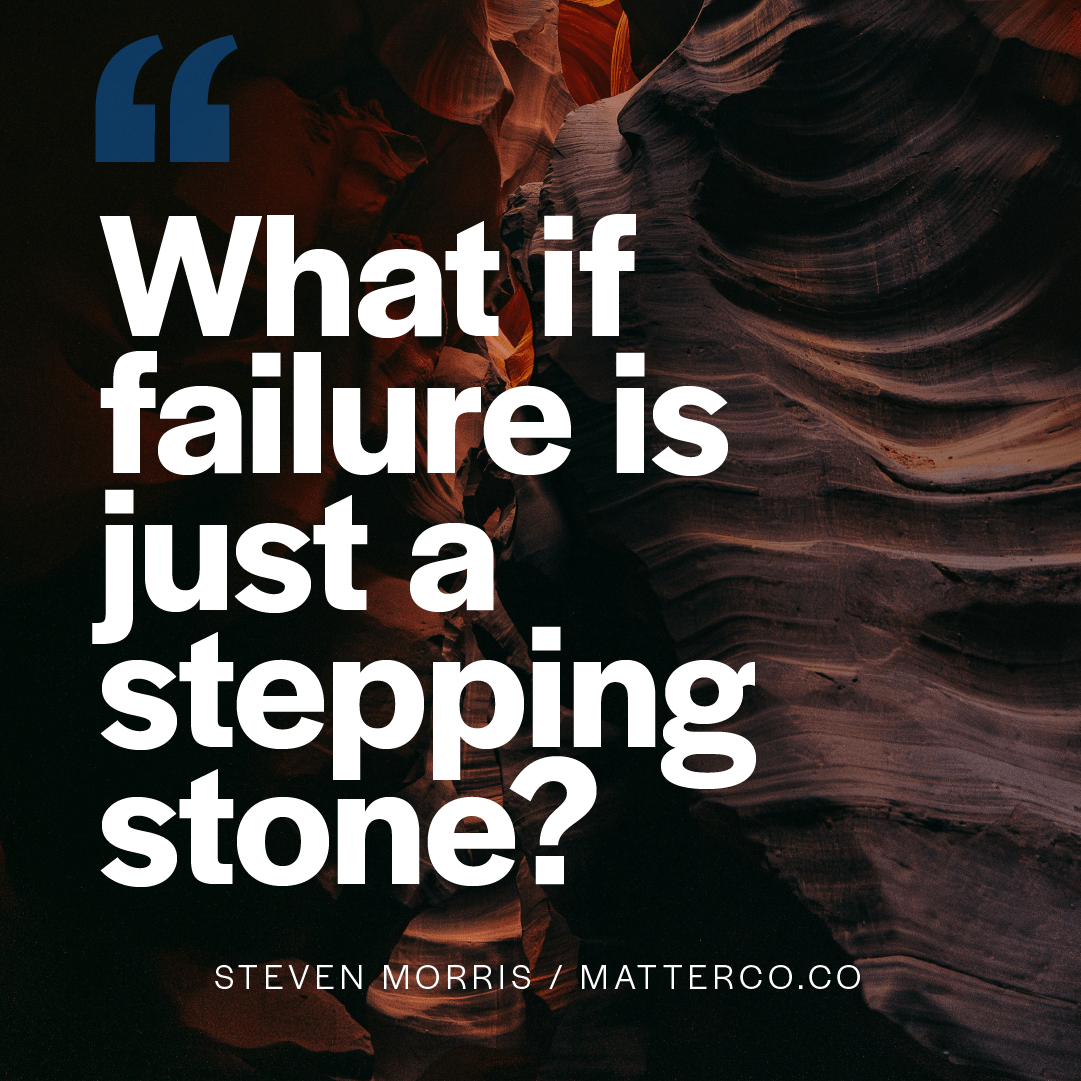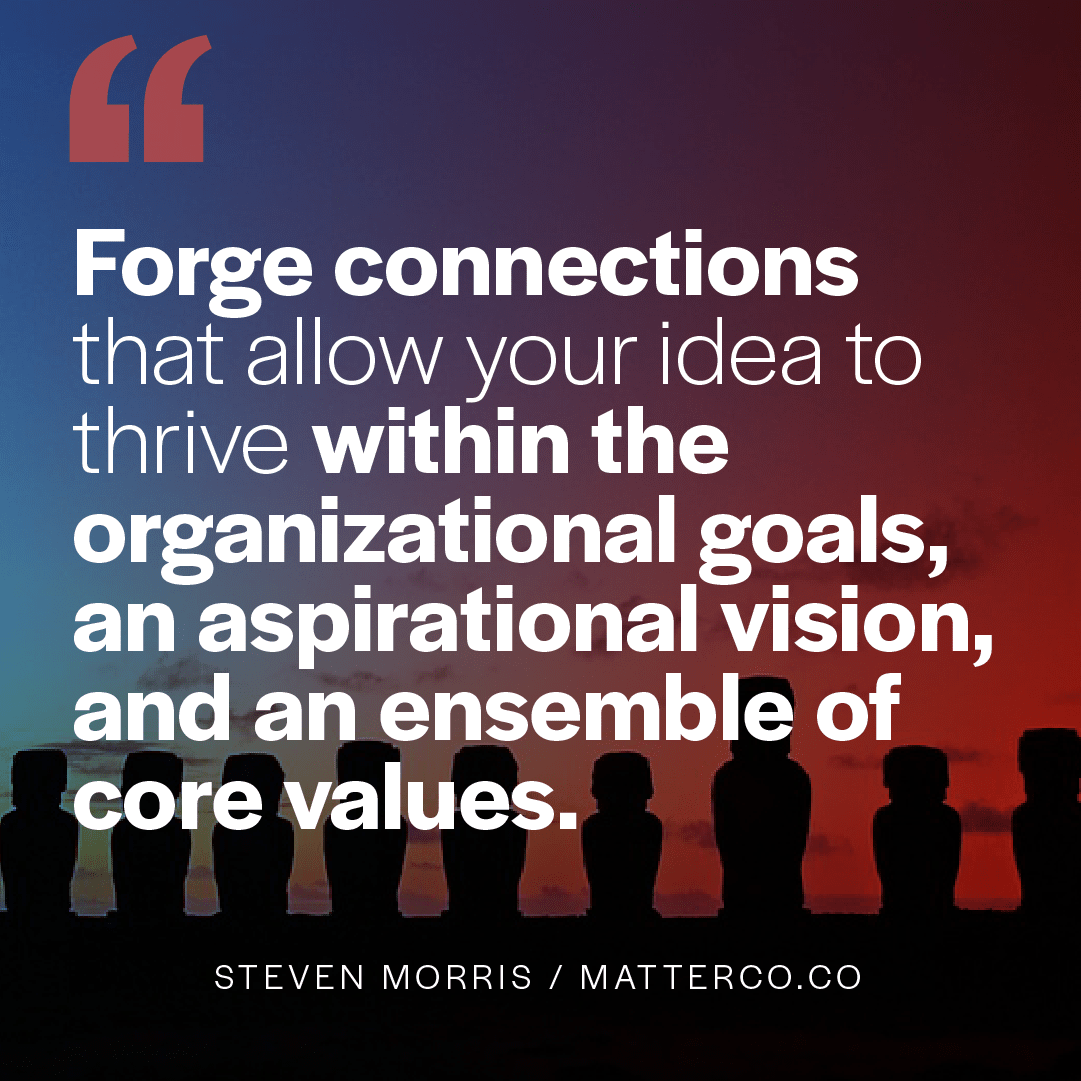
The Collective Effect
In my professional work, the mundane sometimes meets the extraordinary, and perceptions are as malleable as they are intriguing.
In my work, I’ve witnessed the distinctive power of the “cheerleader effect.” (AKA “the friend effect” or the “group attractiveness effect”) Allow me to explain.
Take a look at this image.

When asked to rate the ‘attractiveness’ of these three men (it works for women, too), most folks tend to be more generous in their appraisals when the trio is presented as a united front, as opposed to when each individual is isolated and scrutinized.
It’s a psychological quirk well-documented and frequently referred to as the ‘cheerleader effect.’ This phenomenon bestows upon individuals a 1.5% to 2.0% boost in perceived attractiveness when they find themselves nestled in the unity of a group. While the “cheerleader effect” is based on unfair and often misdirected societal biases, it plays on our mammalian qualities.
Here’s the twist — it’s not limited to humans alone. Most mammals experience the “cheerleader effect.”
But, as I consider the ‘averaging out of unattractive characteristics in groups,’ these wonderings have me curious about the effects beyond appearances.
Over many years spent orchestrating group dynamics and facilitating discussions, I’ve noticed a curious phenomenon: a harmonious smoothing of the jagged edges of ideas, a collective swaying towards the middle ground. In simpler terms, groups have a penchant for self-moderation and a bias towards centrist perspectives.
The burning question is whether this tendency is a blessing or a curse.
If the cheerleader effect extends to group dialogues, could it be that it strengthens the capacity of these gatherings to converge on pivotal issues?
Most frequently lean to the affirmative camp (but not always), for the studies on the cheerleader effect propose a compelling argument. It hinges on three fascinating cognitive phenomena:
- Our perceptual systems are cleverly wired to absorb ‘ensembles,’ not individual fragments of data.
- Our perceptions incline towards averages, with our visual faculties deftly computing a ‘midpoint’ even without our conscious consent.
- From our earliest days, we have been hardwired to recognize both ‘archetypes,’ such as faces, which facilitate our sense-making of social interactions. As such, we instinctively seek out ‘averagely attractive’ looks that align with our preferences.
When you meld these components together, the picture becomes clear. The cheerleader effect doesn’t merely cast its spell over physical allure; it extends its reach into concepts, proposals, data, and ideas.
More importantly, it plays a pivotal role in advancing our collective interests in team environments. You see, our capacity to effect change for the betterment of society or organizations hinges upon our ability to perceive ensembles rather than solitary figures, to appreciate midpoints rather than outliers, and to construct prototypes that serve our communal well-being.
The Cheerleader Shadow
But there is a shadow side to the cheerleader effect. If a group working together tends to drift to the center, they can also maintain the perceived safety of the status quo. Sometimes, teams need to rethink and re-imagine the ruts they’ve carved over time. These ruts can build up into complacency and compliance, which can be innovation and progress killers. With this, we need to remain open to dissenting perspectives and team members who will challenge the status quo — especially in times of change and growth.
Activating the Cheerleader Effect
You might wonder how to harness the cheerleader effect as a formidable ally in your organizational pursuits. The answer lies in the art of persuasion and consensus-building.
- When presenting a concept or initiative to your organization, consider how it fits into the collective narrative and the notions of “confirmation bias” that pre-wire our preferences.
- Highlight the aspects that resonate with the average, the middle ground, and the prototype of success while also considering when and where it’s time to break conventions with solid rationale.
- Forge connections that allow your idea to thrive within the organizational goals, an aspirational vision, and an ensemble of core values. This includes knowing whether or not your team is aiming toward consensus building or breaking norms in times of transformation.
The subtle yet powerful harmonies of the cheerleader effect remind us that, in unity, we find strength, and in the collective, we discover the potency of purpose.
P.S. Forgive the visual-judgement nature of some of the concepts in this piece. For levity, here’s a clip from the sitcom “How I Met Your Mother,” which plays with the cheerleader effect.
If you found this topic interesting or valuable, here are some related articles for you.
If you want a more trusting team, a culture of belonging or a magnetic brand that attracts more of the right customers, I can help. If you'd like to explore if working together makes sense, drop me a line.




